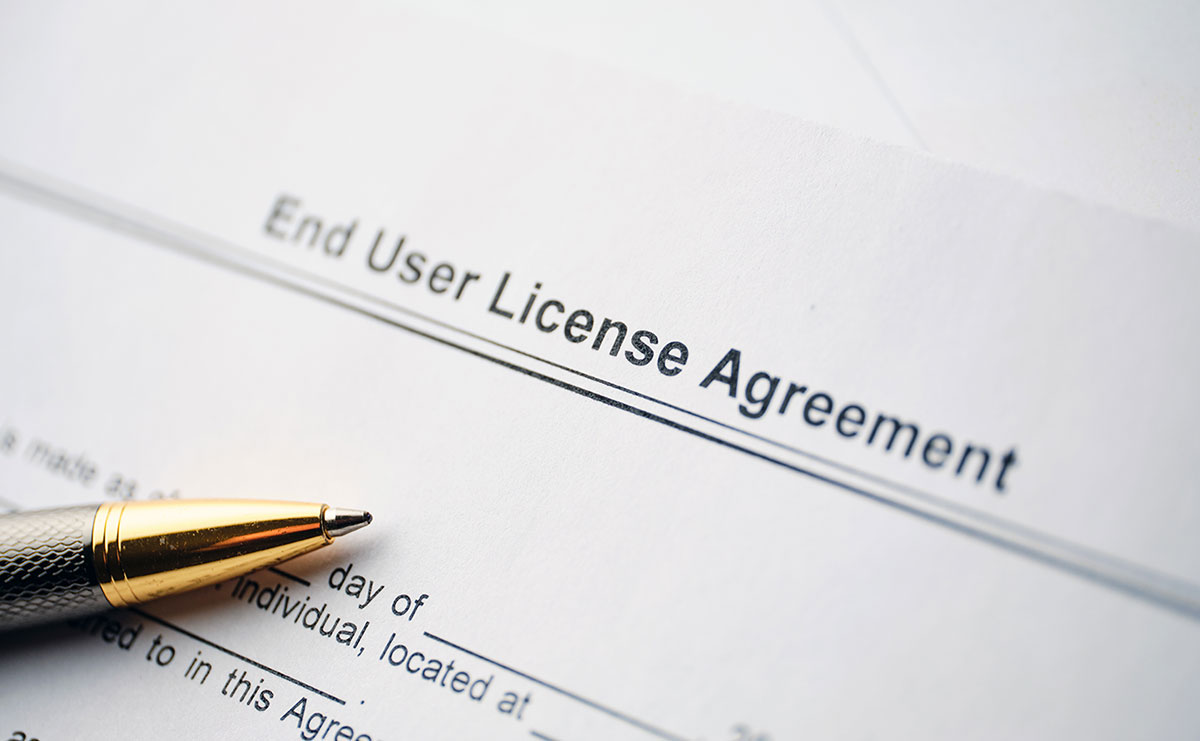RTB-52 – Application for Additional Rent Increase in British Columbia
The RTB-52 form, titled “Application for Additional Rent Increase in British Columbia,” is a comprehensive document designed for landlords seeking to apply for an increase in rent beyond the standard allowable percentage in British Columbia. This form is essential for landlords who have incurred significant expenses due to capital expenditures, extraordinary increases in operating costs, or financial losses related to financing costs of purchasing residential or manufactured home park properties.
Key features of the form include:
- Submission Instructions: Landlords must submit the form in person at a Service BC Centre or the Residential Tenancy Branch office in Burnaby, accompanied by a filing fee of $300 plus $10 for each additional unit.
- Application Scope: It is applicable for landlords applying for an additional rent increase based on various grounds such as significant repairs or renovations, extraordinary increase in operating costs, and increase in financing costs.
- Comprehensive Sections: The form is divided into several sections, including Key Dispute Information, Additional Applicants, Reasons for Additional Rent Increase, Significant Repairs or Renovations for Manufactured Home Park Tenancies, Financial Statement Information, Extraordinary Increase in Operating Cost, Increase in Financial Cost, and more.
- Tenant Notification: Landlords are required to deliver a copy of this application to each affected tenant within three days of processing by the Residential Tenancy Branch, ensuring transparency and communication between landlords and tenants.
- Personal Information Protection: The form also emphasizes the collection of personal information under the Freedom of Information and Protection of Privacy Act, assuring applicants of the confidentiality and proper use of their data.
This document serves as a vital tool for landlords in British Columbia to legally apply for rent adjustments that reflect the true costs associated with maintaining and improving rental properties, ensuring that they can sustain their investments while adhering to the regulatory framework set by the Residential Tenancy Branch.
Step-by-Step Guide
Section 1: Key Dispute Information
- Tenancy Type: Indicate whether this is an application for a home suite, apartment, or a site in a manufactured home park. If it’s a manufactured home park, specify if the tenant owns the manufactured home.
- Property Address: Enter the full address of the rental property, including the city and postal code.
- Total Number of Rent Increase Units: Specify the total number of units for which the rent increase is being requested.
- Primary Landlord Contact: Fill in the contact details of the primary landlord or the representative. This includes the type of applicant (e.g., individual, business, agent), name, business name (if applicable), email, phone number, contact address, and preferred method of receiving dispute resolution package.
Section 2: Additional Applicants
- If there are additional landlords or agents involved, provide their details here. Use Form RTB-26 if more space is needed.
Section 3: Reasons for Additional Rent Increase
- Select the reason(s) for the additional rent increase, such as significant repairs/renovations, extraordinary operating expenses increase, or financing costs. The sections to complete based on your selection are indicated.
Section 4: Significant Repairs or Renovations (if applicable)
- Provide details of the repairs or renovations, including work completed, cost, dates, and why it was necessary.
Section 5: Financial Statement Information
- Attach financial statements and fill in financial information for the last three fiscal years, including total rent, other income, total operating costs, and other costs.
Section 6: Extraordinary Increase in Operating Cost
- List all operating costs, comparing the last three fiscal years, and indicate any net increase.
Section 7: Increase in Financial Costs
- Detail any changes in financial costs associated with purchasing the property, including purchase details and changes in interest rates.
Section 8: Landlord as a Tenant (if applicable)
- If you’ve received an additional rent increase as a tenant, provide the relevant rent information.
Section 9: Rent Information for Affected Tenants
- Detail the current rent, requested increase, and the total rent post-increase for each unit or site affected.
Section 10: Declaration
- Read and sign the declaration confirming the accuracy and completeness of the information provided.
Section 11: Tenants to Whom This Application Applies
- List the tenants affected by this application. Do not serve this page to any respondents.
Additional Notes
- The filing fee for this application is $300 plus $10 for each additional unit.
- A copy of this application must be delivered to each tenant named on the application within three days of its processing by the Residential Tenancy Branch.
Submitting the Form
- This form must be submitted in person at a Service BC Centre or the Residential Tenancy Branch office in Burnaby. For detailed information and any updates, refer to the official government website.
This guide aims to provide clarity on filling out the RTB-52 form, ensuring that all necessary details are accurately provided to facilitate the process of applying for an additional rent increase in British Columbia.
Rent Increase Forms
In British Columbia, landlords must follow specific rules when increasing rent for residential rental units. There is a particular increase rent form. Here are the key points you need to know:
- Notice Period: Landlords are required to give tenants at least three full months’ notice before any rent increase can take effect. This notice must be given using the approved form, Notice of Rent Increase (Form RTB-7).
- Frequency of Increase: Rent can only be increased once every 12 months, and not within the first 12 months of the tenancy or the last increase.
- C. Rent Increases 2024: For the year 2024, the rent increase limit is set at 3.5%. This limit is the maximum amount by which landlords can increase the rent within a 12-month period unless specific exceptions apply.
- Exceptions for Additional Rent Increases: Landlords can apply for an additional rent increase above the annual limit in certain circumstances, such as to cover significant capital expenditures or other allowable costs. However, this requires approval from the Residential Tenancy Branch and is subject to strict criteria.
To increase rent, landlords must use the specific Notice of Rent Increase form (Form RTB-7), which includes the exact dollar amount of the increase and the date the increase will take effect. It is important for both tenants and landlords to use this form to ensure the process adheres to the legal requirements outlined by the Residential Tenancy Act. For tenants who believe a rent increase is unlawful or have not been given proper notice, there are mechanisms in place to dispute the increase. This can include applying for dispute resolution through the Residential Tenancy Branch if the issue cannot be resolved directly with the landlord.
Disclaimer: This guide is provided for informational purposes only and is not intended as legal advice. You should consult the Residential Tenancies Act or a legal professional.




